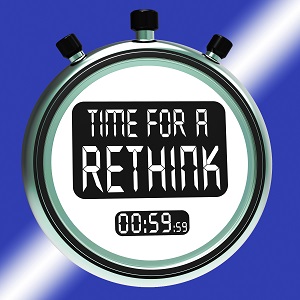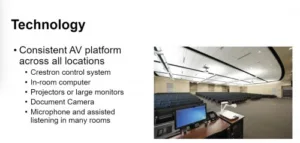In the last three or four months I have offered a panoply of predictions about what we can expect when doing business in the education market amidst a covid and post-covid environment. Some of these seemingly conflicting prognostications have included:

 A 35% overall budget cut in education is likely as states both shift existing resources into emergency healthcare budgets and, at the same time, experience tax-collection shortfalls in general
A 35% overall budget cut in education is likely as states both shift existing resources into emergency healthcare budgets and, at the same time, experience tax-collection shortfalls in general- Discretionary money, along with funds re-prioritized from somewhere else in educational budgets, are likely to be aimed at continuity of learning challenges
- Purchasing of mobility devices will trend upwards for schools, students and parents
- The havoc created by Covid-19 will likely upend and/or delay traditional education purchasing cycles
- Equipment replacement cycles will be sped up both now and in the near future
- Technology will gain an increasingly important role in education
- We will see a true janus condition evolve: both a stronger demand for technology AND a greater attachment for face-to-face learning without screentime.
Today I intend to offer two additional forecasts for the U.S. ed market. The first, just now becoming manifest, is that we can expect the large budget cuts hitting education will be slightly offset by U.S. federal rescue dollars. Schools will use these dollars to pay for socially distanced class size reductions, disinfecting classrooms, PPE—and if money remains—for needed mobility devices and instructional content.
The second forecast is that this entire coronavirus messiness is likely to lead to new ways of educating, which in turn will fillip new business and sales opportunities. As I opined in my earlier article this month, Opening U.S. Schools: “Opportunities will undoubtedly rise for clever and crafty ed-tech solutions … in a post-covid world”. The Chronicle of Higher Education, which tracks more than 3,000 institutions’ plans for getting back to class, now indicates in their frequently refreshed database that 16% of college institutions are planning to return to in-person instruction, 34% are aiming for a hybrid option, while 28% plan to shift to a totally online restart.
In Colorado, as well as across the country, many higher ed institutions are pursuing a teaching structure called the HyFlex (Hybrid-Flexible) model. This model commingles face-to-face with online learning in an “ultra-flexible” structure that permits students to themselves choose which type of class(es) to attend each week, whether synchronous online, asynchronous online, or face to face instruction. The model is versatile for students, but daunting for professors, who must arrange to prep, teach and manage learning in all three modalities simultaneously.
A slightly different model, which is also growing in popularity, is the highly adaptive blended learning model, known as the BlendFlex model. This model, promoted by the University of Central Florida, is softer on demands for technology-tepid professors and is explained in the video below:
One of the reasons that the BlendFlex model can work so well in certain higher ed institutions is because these institutions have built a consistent classroom tech platform across their campuses. For example, the BlendFlex model is easily enabled at the University of Central Florida largely due to the existing classroom technical standards present in most of their classrooms, as shown in the graphic below:
I mention both the HyFlex and BlendFlex models, because these approaches represent a new take, a completely new look, in today’s universities. Preparing higher ed classrooms for such a flexible future serves as just one example of new ed-tech business opportunities unfolding in our current environment. And no doubt, other unanticipated opportunities will emerge as well. Companies selling to the education market will need to stay attuned to these new developments in order to stary relevant. – Len Scrogan

